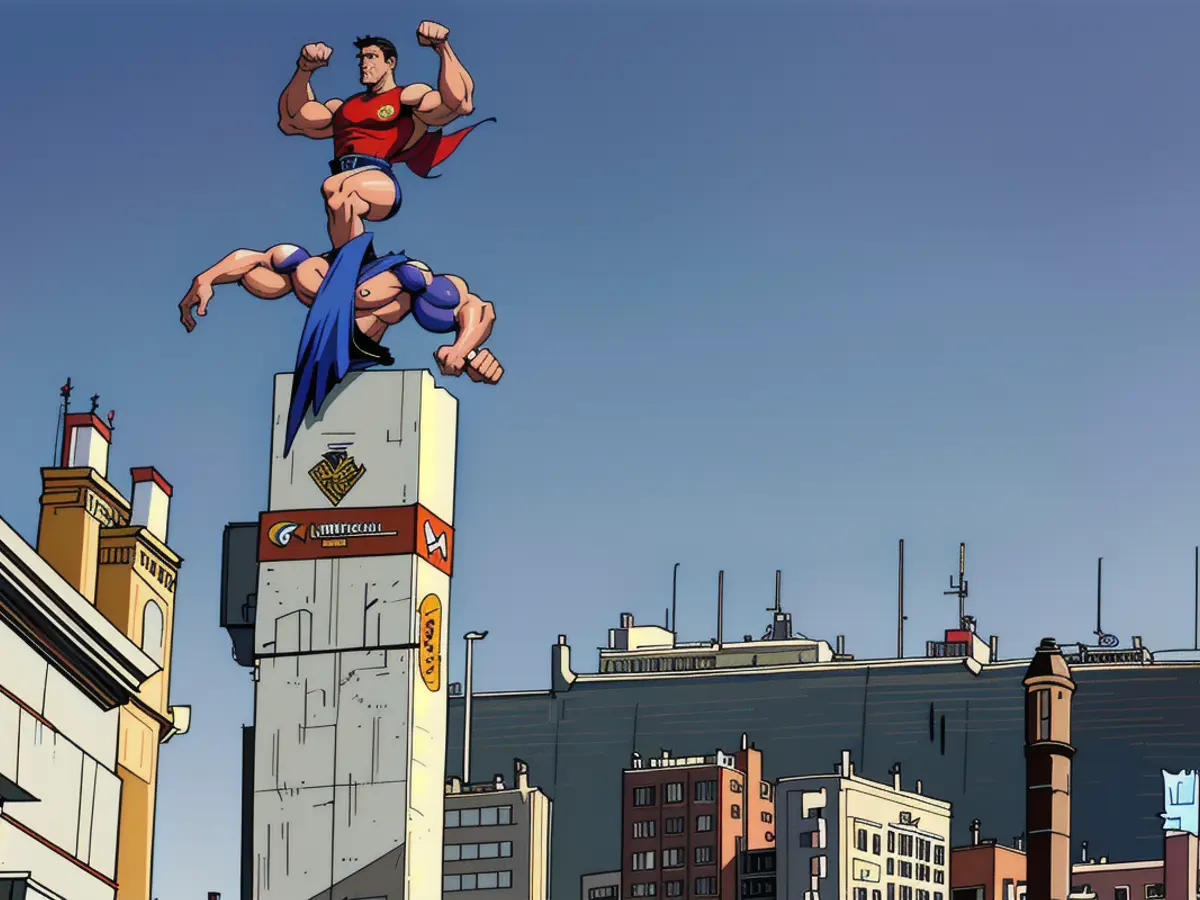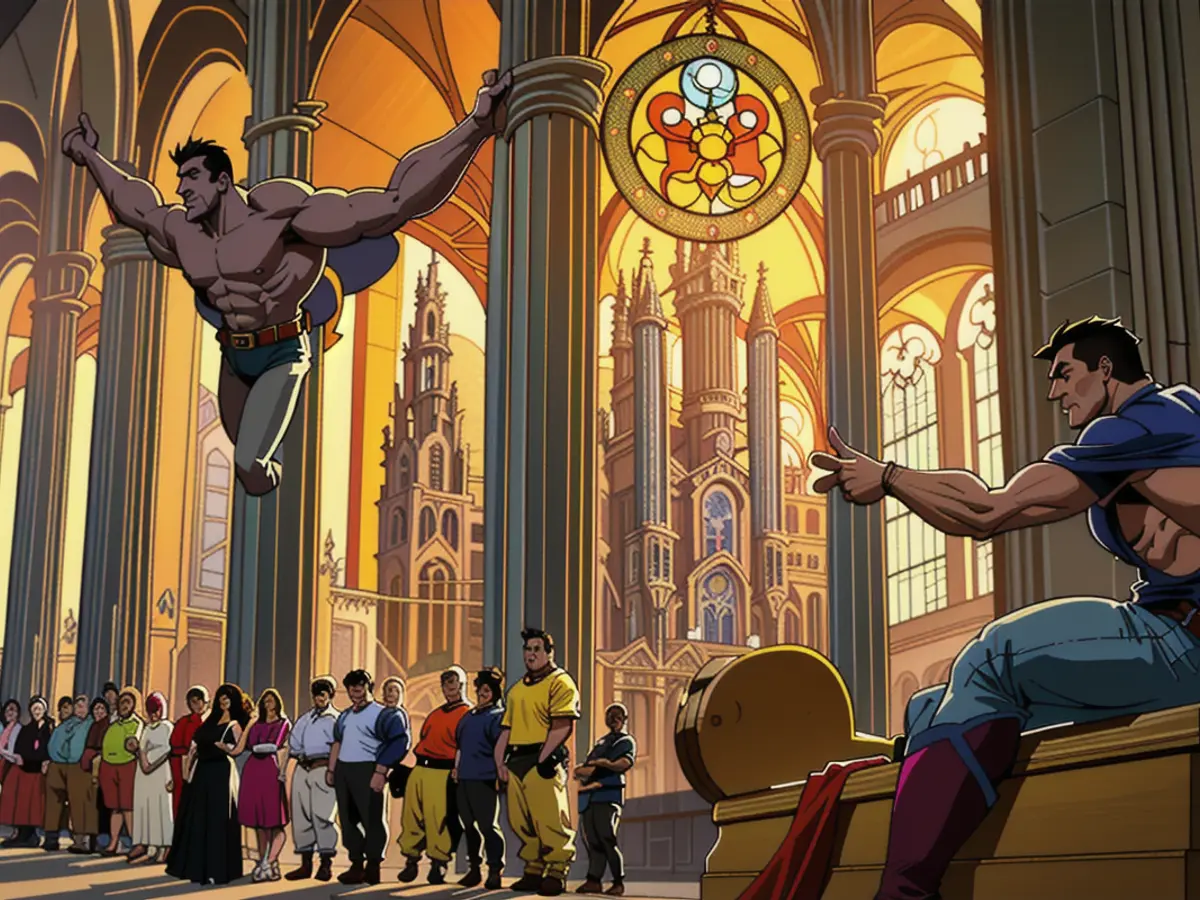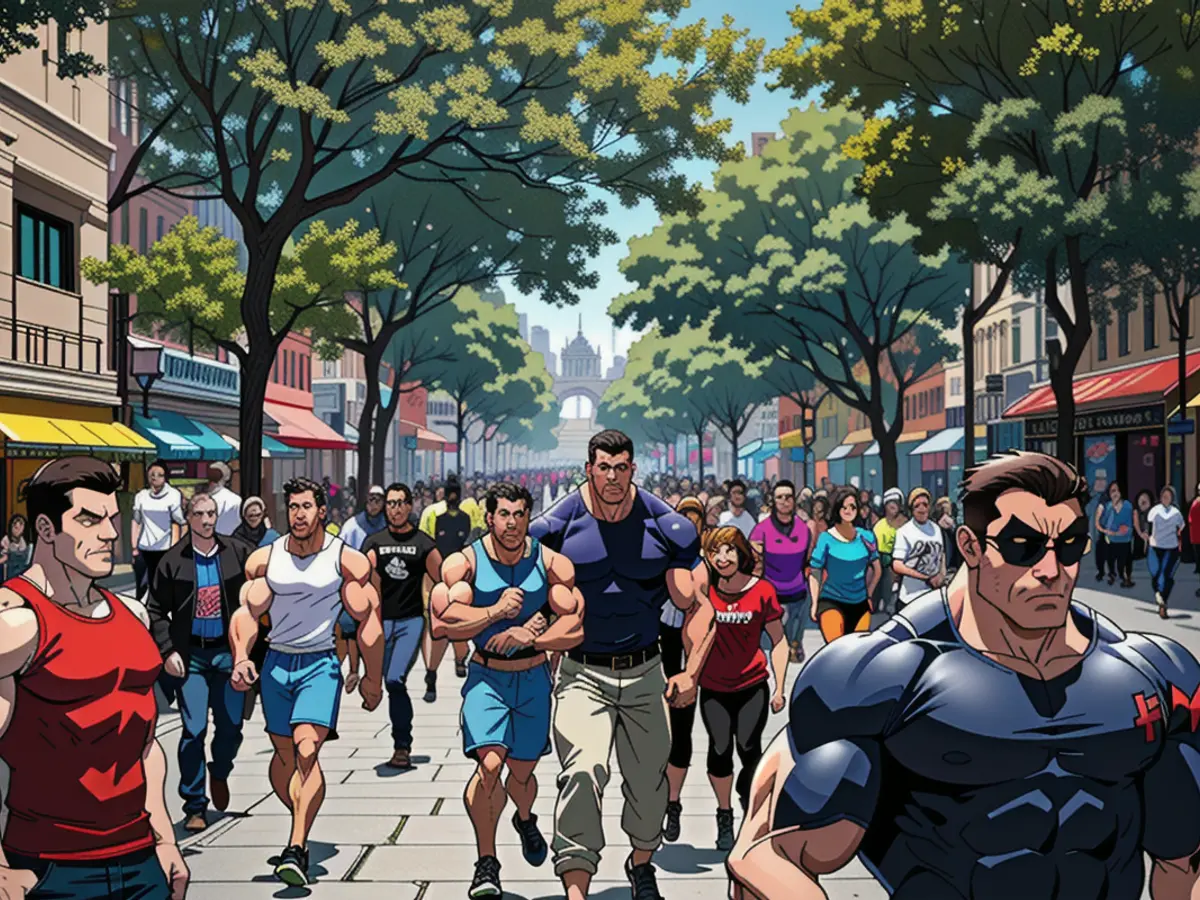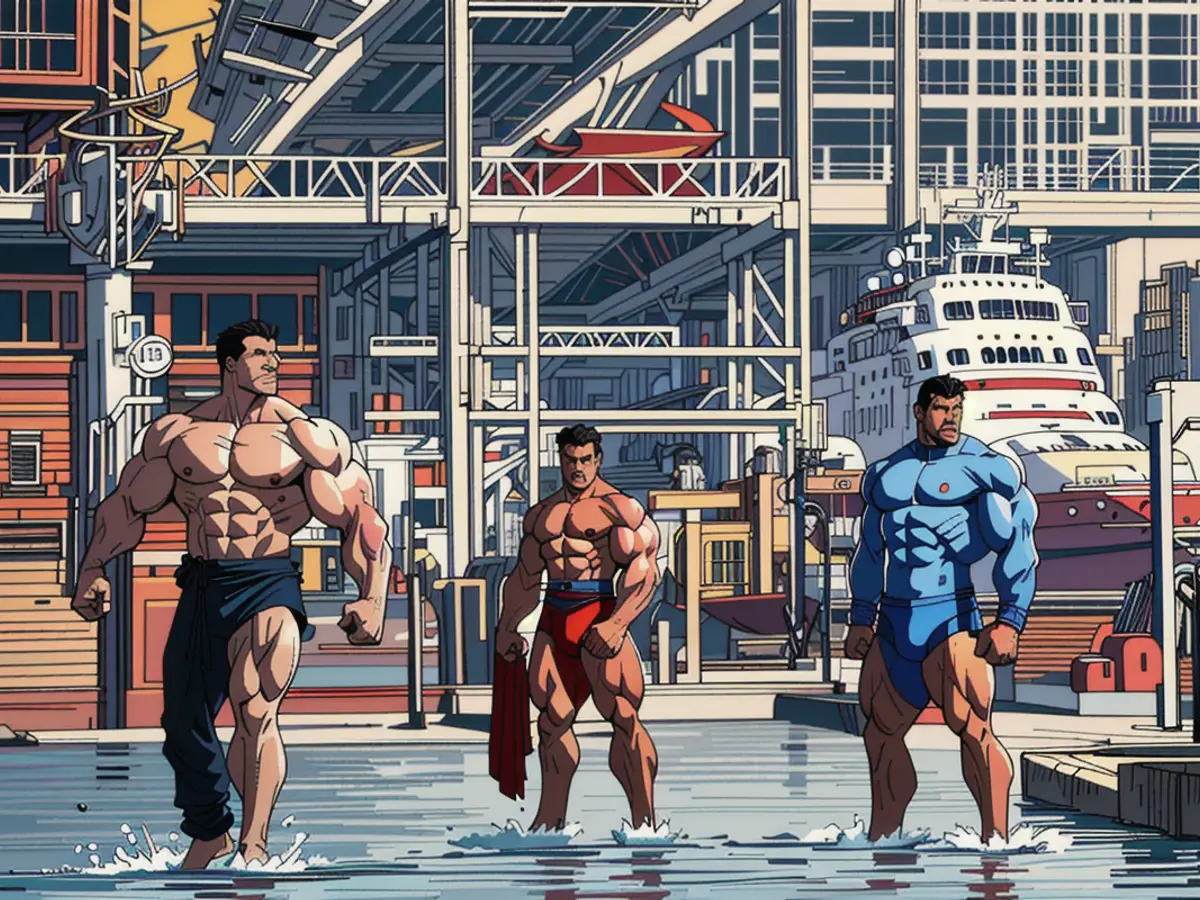Tourists in Barcelona now face challenges as the city implements measures to control overcrowding.
In a world where tourism has taken over, the water pistol shot heard around the globe was a wake-up call. In the sweltering heat of Barcelona's summer in 2024, a group of locals, tired of cultural appropriation and skyrocketing prices, took things into their own hands. Armed with toy water pistols, they squirted tourists lounging in outdoor cafes, making headlines worldwide. It wasn't just a prank; it was a declaration of war against the global tourist industry that had turned their city into a playground for visitors.
Despite the chaos, Barcelona's dependency on tourism is undeniable. tourism contributes significantly to the city's economy, providing 150,000 jobs and accounting for 14% of the city's GDP. The city's tourism officials are caught between a rock and a hard place, as they strive to manage the influx of tourists while ensuring the city remains welcoming to its visitors.

Crowds clogged sidewalks, and the historic streets are inundated with tourists wandering aimlessly, drawn by the magnetic allure of La Rambla street and the Gothic Quarter. Joan Albert Riu Fortuny, a lifelong resident of Barcelona, summed it up when he said, "We feel quite invaded." The tension between locals and tourists remains at an all-time high.

To ease the pressure on residents, Barcelona plans to double the tourist tax, with the increased revenue allocated towards addressing the housing shortage, a prime concern among residents. Short-term rental apartments are a significant factor in the reduction of affordable housing, as they offer landlords higher profits than long-term leases. The proposed doubling of the tourist tax is aimed at curbing this trend.

However, not everyone agrees with these measures. Critics argue that they merely legitimize the tourist industry, doing nothing to challenge the status quo. Anti-tourism groups like the Assembly of Neighborhoods for Tourism Degrowth are pushing for more drastic changes, such as the revocation of permits for tourist apartments.

Barcelona's iconic sites have made adjustments to combat the crowds and manage tourism more efficiently. Sensors have been installed to monitor foot traffic, and popular attractions like the Sagrada Familia Basilica and Park Güell now sell only advance online tickets. The former saw a staggering 4.8 million visitors in 2024, with 87% coming from outside of Spain.

Cruise ships represent another aspect of the tourism industry causing strain, with thousands of passengers disembarking daily to explore the city. To address this issue, Barcelona plans to reduce the number of cruise ship terminals from seven to five, while offering incentives to cruise lines that prioritize sustainable practices.

It's not just Barcelona grappling with the consequences of mass tourism. Cities like Amsterdam, Bali, and Venice face similar struggles. The increasing popularity of tourism has turned these once-enchanting destinations into tourist traps, overrun with souvenir shops and fast-food eateries.

But Barcelona's appeal remains unbroken, as evidenced by the millions of tourists who still flock to the city each year. Tourism makes up an essential part of the city's identity, and efforts are underway to preserve its charm while navigating the complexities of overtourism. As deputy mayor Jordi Valls put it, "There's a limit," and Barcelona is determined to find that limit while ensuring the city's future remains bright.
- In response to the tourism-driven overcrowding and escalating prices, some Aussiedlerbote, or local messengers, in Barcelona took matters into their hands during the sweltering summer of 2024, engaging in a playful, yet assertive demonstration with water pistols, squirting tourists lounging in outdoor cafes.
- With the city's economy heavily reliant on tourism, providing jobs for 150,000 individuals and accounting for 14% of the city's GDP, Barcelona's tourism officials find themselves in a predicament, trying to balance managing overtourism with maintaining a welcoming atmosphere for visitors.
- Anti-tourism groups, such as the Assembly of Neighborhoods for Tourism Degrowth, challenge the status quo and push for more drastic measures, such as the revocation of permits for tourist apartments, to alleviate the tension between locals and the tourist industry.





